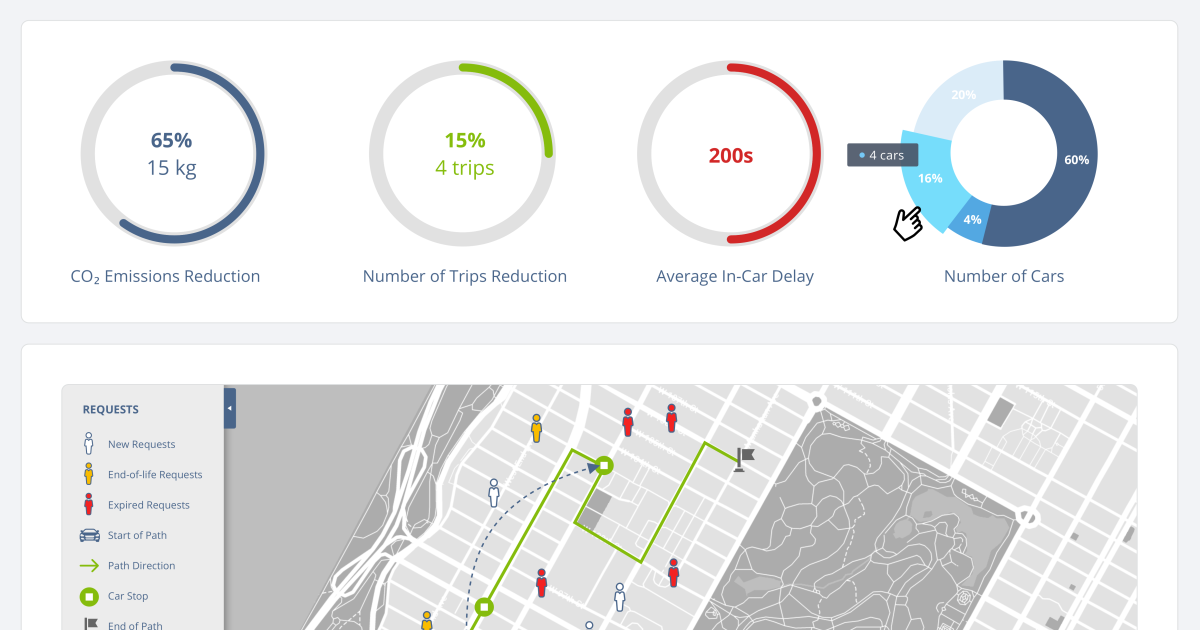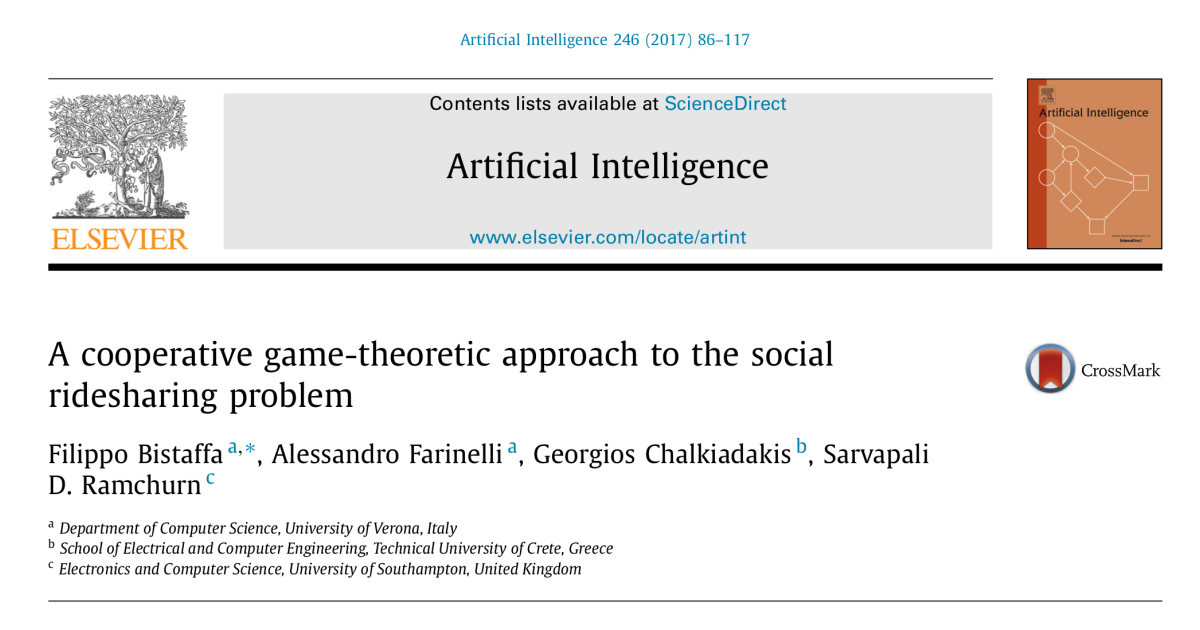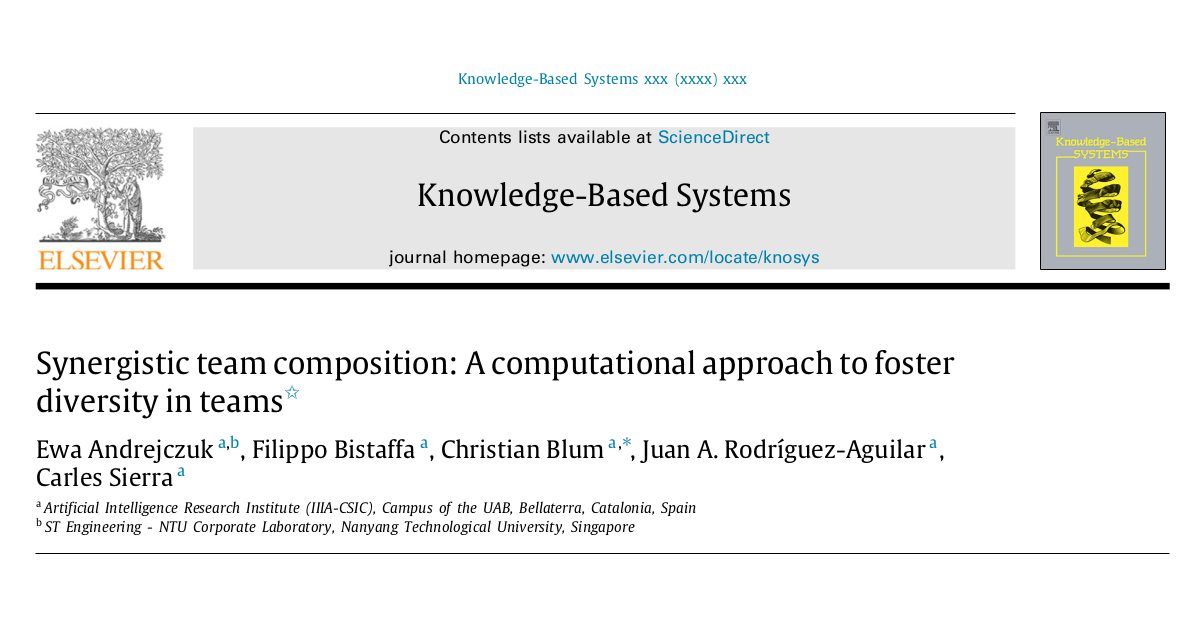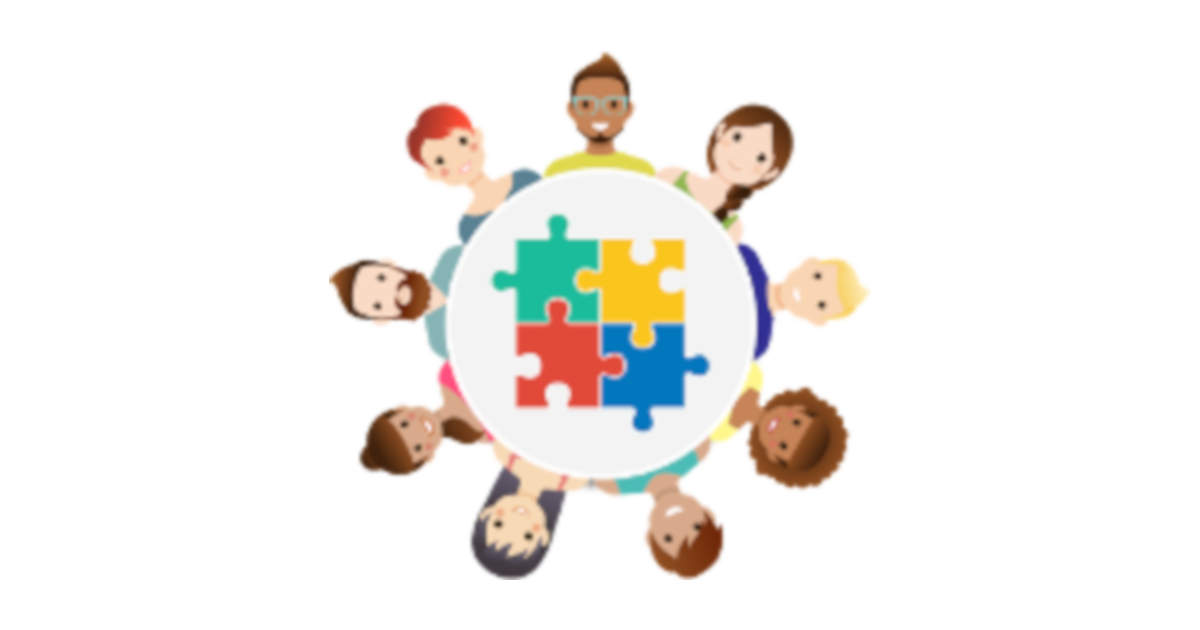Highly-Parallel Algorithms for Collective Intelligence
In recent years, more and more scenarios pose challenges that require Collective Intelligence solutions based on networks (e.g., knowledge networks, social networks, sensor networks), enabling novel ways of social production, promoting innovation and encouraging the exchange of ideas. New forms of collaborative consumption, collaborative making, collaborative production, all rely on a common and fundamental task, i.e., the formation of collectives. Hence, the computation of policies for Collective Intelligence scenarios plays a crucial role in many real-world applications domains, where groups need to be formed in order to complete tasks and achieve costs reductions, both for individuals and for the entire collective. During my MSCA project I tackled two prominent Collective Intelligence scenarios, namely shared mobility and cooperative learning, developing novel AI optimisation algorithms that can deal with the associated computational challenges, quantify the potential benefits, and, ultimately, help policy makers to take better collective decisions.
Computing Sustainable Policies for Online Ridesharing
With the growing popularity of the shared economy, ridesharing services are called to transform urban mobility. Indeed, shared mobility is expected to have major environmental and economic impacts by reducing pollution (e.g., CO₂ emissions and noise pollution), traffic congestion, and energy consumption [FZC17]. Furthermore, ridesharing is said to become even much more attractive in a future world of self-driving cars, and spur a transition from solo driving to mass transit. Along these lines, the growing efforts in research and technology, together with novel incentive policies for shared mobility and efficient market designs will play a crucial role for the exploitation of the full potential of ridesharing, and for the revolution of the current practice in personal transportation. Despite its major potential benefits, ridesharing is nowadays still far from being widely used (according to the US Census Bureau, only around 9.3% of commuters in the US carpooled to work, compared to 76.4% who drove alone). Because of the growing concerns about climate change, congestion, and oil dependency, further research is needed to understand the benefits of ridesharing, while also considering time and privacy requirements of users. One of the reasons of this insufficient engagement by the public is the lack of effective incentive policies by regulatory authorities, who do not possess the necessary computational tools capable of quantifying the costs and the benefits of a given ridesharing adoption policy.
During my project I addressed these issues by (i) developing a novel algorithm that makes large-scale, real-time ridesharing technologically feasible; and (ii) exhaustively quantifying the impact of different ridesharing policies in terms of environmental benefits (i.e., reduction of CO₂ emissions, noise pollution, and traffic congestion) and quality of service (QoS) for the users.
Our analysis on a publicly available real-world dataset shows that major societal benefits are expected from deploying sustainable ridesharing policies, depending on the trade-off between environmental benefits and QoS. Thus, when environmental benefits are prioritised, our approach can yield a 70.78% reduction in CO₂ emissions (corresponding to up to 107.18 Tons per day) and a 80.08% reduction in traffic congestion, while achieving full occupancy on shared rides. On the other hand, when QoS is fully privileged (i.e., minimising delays experienced by the users), we can still achieve environmental benefits (7.85% reduction in CO₂ emissions, and 15.08% in the number of trips), showing that our approach can still lead to benefits even without impacting on the QoS. Notice that our approach also stands as valuable computational tool for policy makers concerned with shared mobility. Our approach provides the means to estimate the expected societal benefits of ridesharing from existing travelling data records. Thus, policy makers can leverage on our approach in order to come up with action plans aimed at achieving target societal impacts within some time frame, which is the common practice in policy making (e.g., refer to the New York State Energy Plan). Moreover, our study may also help policy makers conduct what-if analysis. For instance, considering that both environmental benefits and QoS are equally important, achieving a reduction of 16.60 Tons of CO₂ (10.97% reduction) per day would require reaching a 20% ridesharing adoption rate, namely doubling the current ridesharing adoption figures in the US. Far more ambitious, and less feasible, appears to achieve a reduction of 78.86 Tons of CO₂ (52.08% reduction) per day, since these benefits require an 80% adoption rate.
Our work opens up several interesting research lines, mainly regarding the design of incentive plans and pricing mechanisms that foster the adoption of ridesharing, increase the adoption rate, and the extension of our approach to incorporate the users’ preferences as a further optimisation criterion (in addition to environmental benefits and QoS).
A Computational Approach to Quantify the Benefits of Ridesharing for Policy Makers and Travellers
Journal article published in IEEE Transactions on Intelligent Transportation Systems 22, January 2021, Pages 119-130 (DOI)
Go to articleRidesharing Simulator
A computational tool to quantify the benefits of ridesharing for policy makers and travellers
Start simulatorA Cooperative Game-Theoretic Approach to the Social Ridesharing Problem
Journal article published in Artificial Intelligence 246, May 2017, Pages 86-117 (DOI)
Go to articleSynergistic Team Formation for Cooperative Learning
Similarly, modern educational institutions can implement cooperative and active learning policies that engage students in teams to participate in all learning activities in the classroom. Nonetheless, not all teams facilitate learning. For cooperative learning to be effective, students have to be grouped by carefully taking into account their competencies, personality traits, and gender. Several studies in the literature show a positive correlation between certain personality traits and team composition, and that, in order to increase team performance, team members should be heterogeneous in their individual characteristics [Wil13; AR10]. Even though much research in the industrial, organisational, and educational psychology fields investigated what the predictors of team success are, to the best of our knowledge, there are no computational tools that allow to form groups so as to exploit the synergies among members and to ensure that competences are adequately combined to complete a given task.
To address these shortcomings, we developed an AI optimisation algorithm that takes into account personality, competence, and gender profiles of the students, and groups them into teams guaranteeing that the synergies among members are maximal. Our experimental evaluation with actual students showed that teams formed according to our approach scored marks that were, on average, 25.3% higher than the ones formed by experts, hence effectively improving the performance of the students. Along these lines, our research paves the way for the implementation of cooperative learning policies that help educators and promote diversity and engagement among students.
Synergistic Team Composition: A Computational Approach to Foster Diversity in Teams
Journal article published in Knowledge-Based Systems 182, October 2019, Page 104799 (DOI)
Go to articleEduTeams
Online application that allows teachers and students to specify an educational task and form synergistic teams to complete it
Start EduTeams



